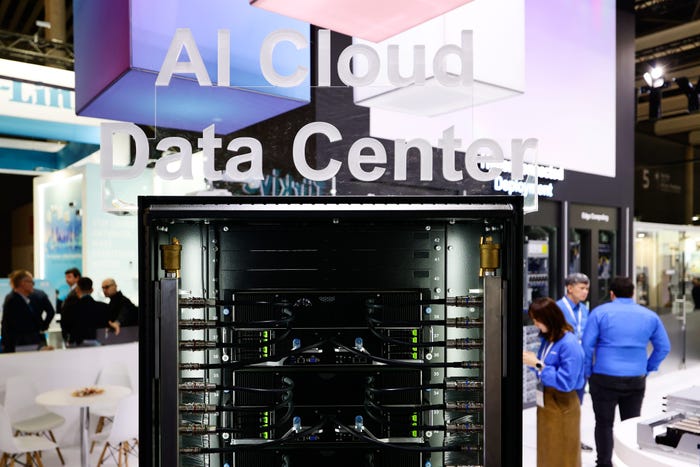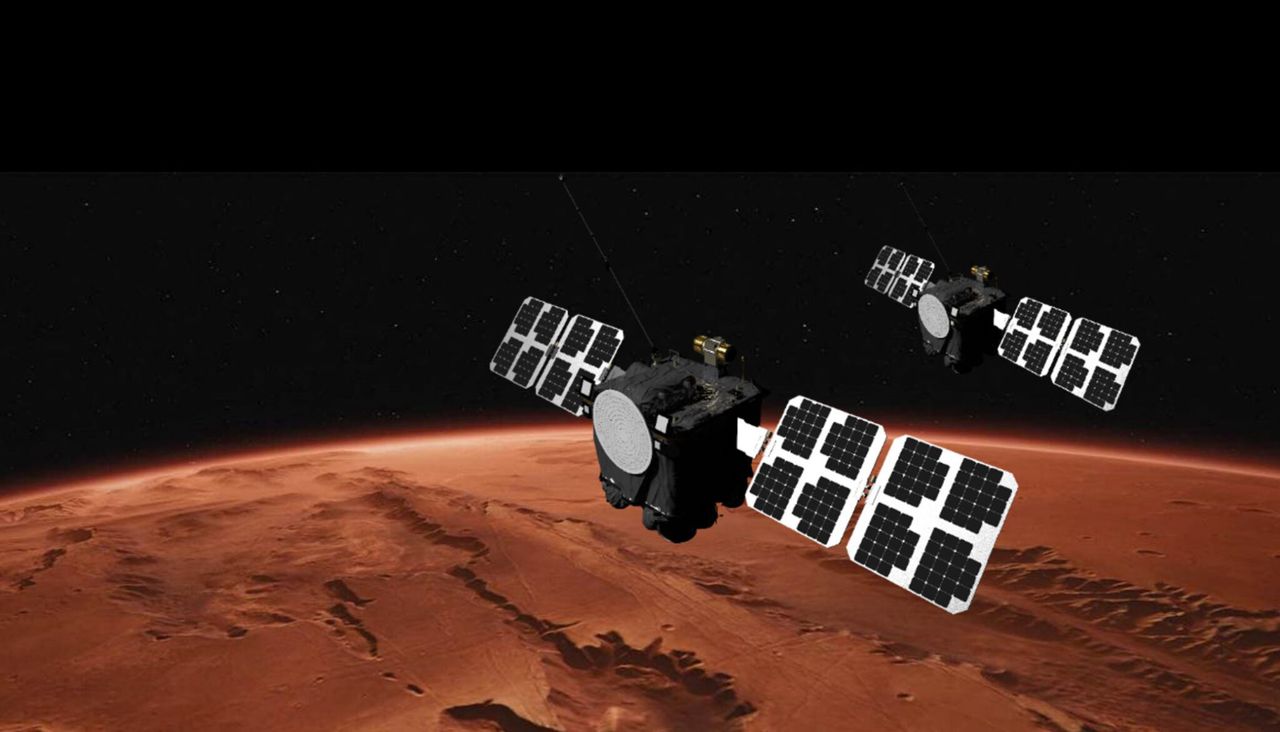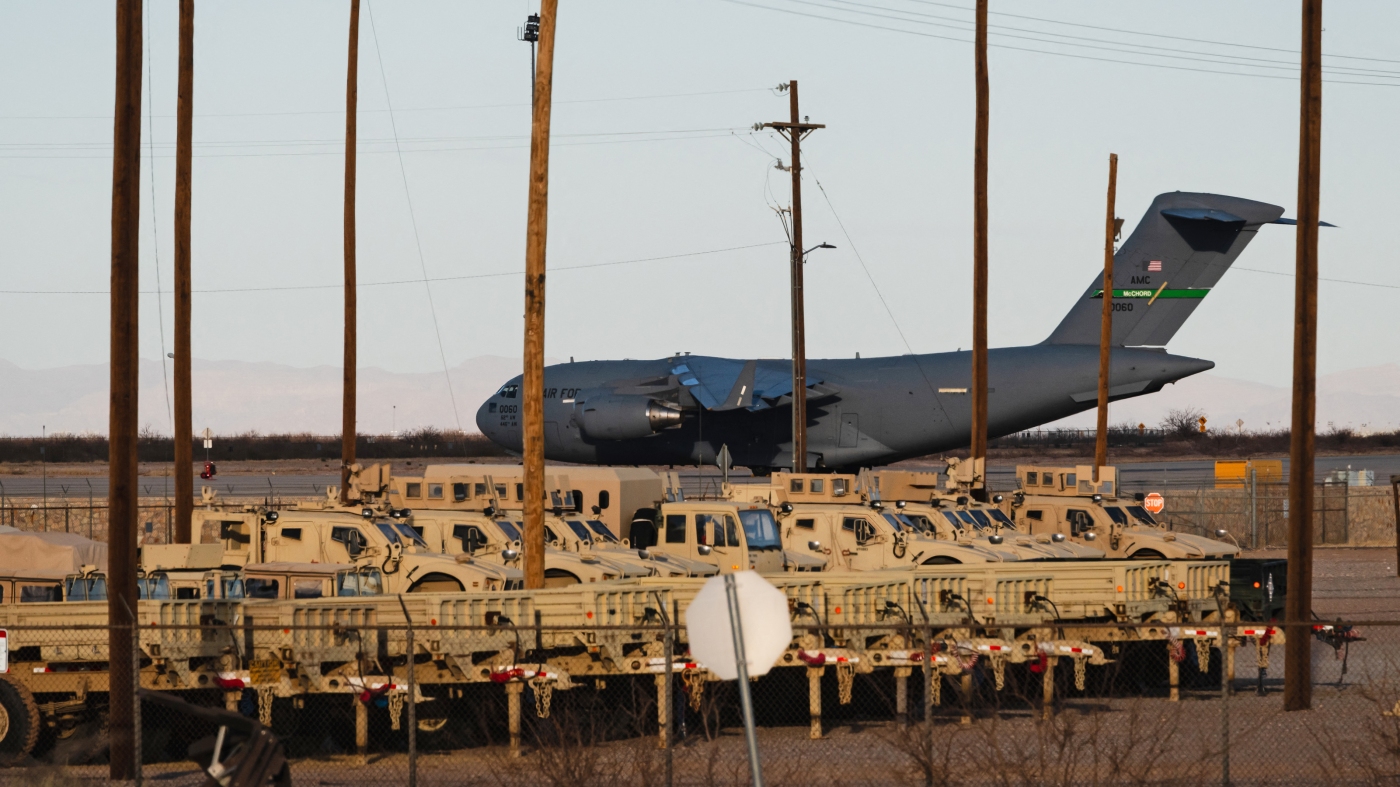AI’s Growth Threatened by Power Grid Bottlenecks, Goldman Sachs Warns

URGENT UPDATE: Goldman Sachs has just revealed that the United States’ power grid may be the key obstacle hindering the nation’s rapid progress in artificial intelligence (AI). As the U.S. leads the global AI race, analysts warn that power shortages could significantly slow its advancement.
Data centers, which are essential for AI operations, currently consume approximately 6% of total U.S. electricity demand. This figure is projected to nearly double to 11% by 2030, potentially overwhelming parts of the already strained power grid. Goldman Sachs states that, “As AI demands massive power, a reliable and ample power supply is likely to be a key factor shaping this race.”
The implications of these findings are enormous. The U.S. currently holds a dominant position in AI infrastructure, controlling 44% of global data center capacity—equivalent to the combined total of China, the EU, Japan, Korea, and India. However, the nation’s peak summer spare power generation capacity has decreased from 26% five years ago to just 19% today. If AI growth continues unabated, this capacity could fall below the critical 15% percent threshold by the end of the decade.
In stark contrast, China is bolstering its energy reserves. Goldman Sachs projects that by 2030, China’s spare power capacity could reach approximately 400 gigawatts, more than three times the expected global data center power demand. The report highlights China’s strategic energy expansions, which followed an energy crisis in 2021 that prompted the government to ramp up power generation across various sectors.
Goldman Sachs analysts emphasize that the U.S. is retiring coal plants at a faster rate than it can add new renewable or natural gas capacity. This trend, coupled with lengthy project timelines and global shortages of gas-powered turbines, complicates the outlook for U.S. data center growth.
The urgency of these findings is underscored by comments from Nvidia CEO Jensen Huang, who earlier this month stated that energy constraints could impede U.S. AI development. Speaking to the Financial Times, Huang cautioned against a wave of new regulations in the U.S., arguing that excessive rules could stifle innovation. He contrasted this with China’s government energy subsidies, which lower costs for local tech firms, making energy a “free” resource for powering AI advancements.
With the stakes higher than ever in the escalating competition for AI supremacy, the implications of Goldman Sachs’ report cannot be understated. The race for AI innovation is not merely a technological battle; it hinges on the ability to provide the necessary energy to support these advancements. As the situation develops, all eyes will be on the U.S. power grid and its capacity to meet the demands of a rapidly evolving AI landscape.
Stay tuned for more updates as this critical situation unfolds.






